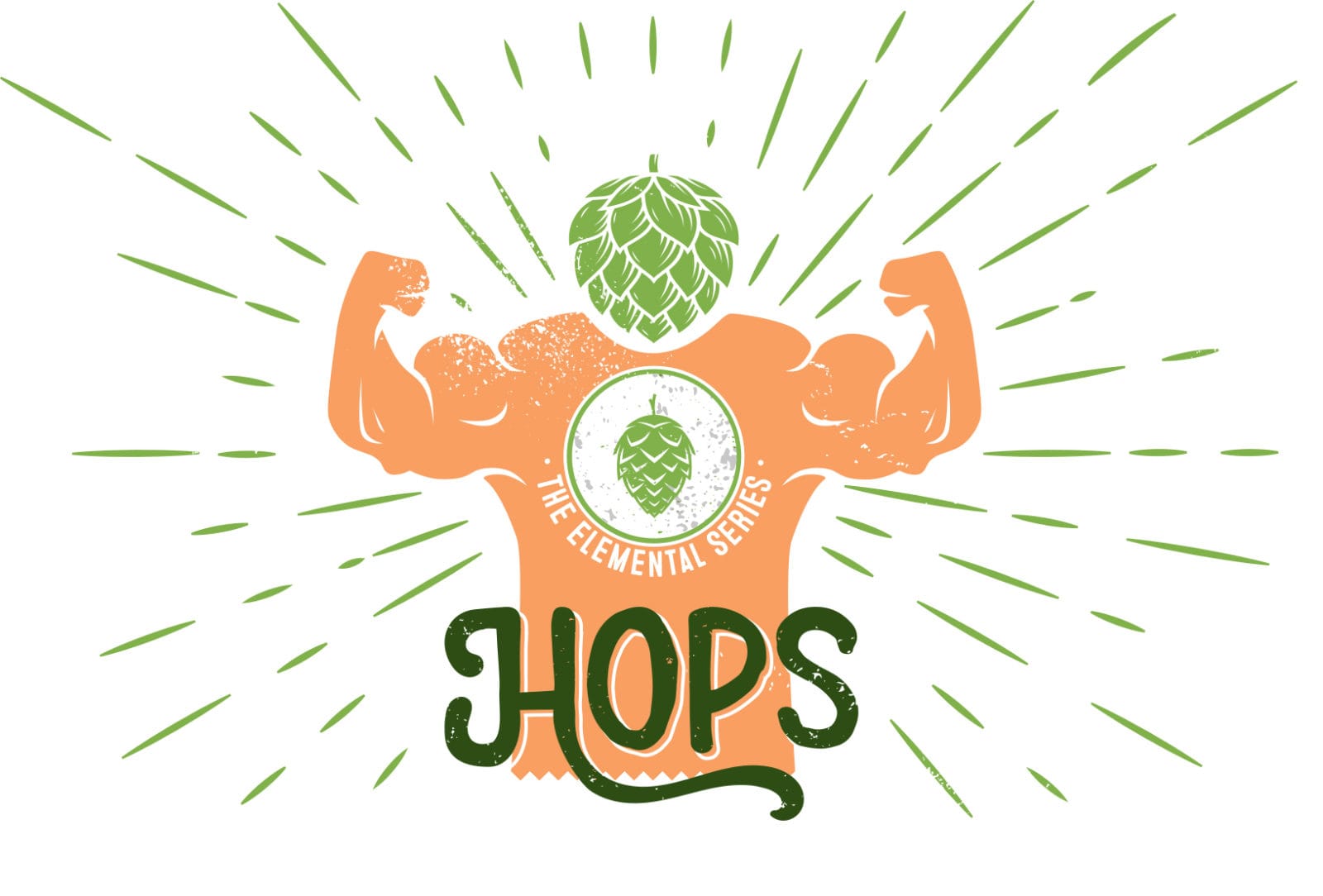
When it comes to beer ingredients, hops are the revolutionary rock stars.
These flowers of the humulus lupulus plant are arguably the driving force behind beer’s resurrection in the 1980s and 1990s, bringing eye-opening and mind-expanding new flavours to what was then largely a taste-free industry, thanks to new varieties with alluring names like Amarillo, Centennial, Galena and Horizon.
But the revolution began with the grapefruit and floral notes of Cascade, recalls Gary Lohin.
“Cascade was the hop that set it off. But when I started making beer I actually avoided Cascade because everyone was using it and making the same-flavoured beers,” says the brewmaster at Central City Brewers + Distillers in Surrey.
Instead, he used Amarillo and Centennial to powerful effect in his Red Racer IPA, the beer that kick-started many British Columbians’ love for hops following its release in 2003.
Yet, for all we obsess about hops, in the long history of beer it’s a relatively new addition to the recipe book. It’s estimated hops were first used in Europe around the start of the last millennium, though they didn’t become widespread until centuries later. Previously, different blends of spices and herbs were used to balance the sweetness of the recipe’s grains.
As well as being an ideal bittering agent, hops also had antibacterial properties that kept beer from spoiling. It was a major reason why British brewers loaded their export ales with hops so they would survive the long journeys by ship to countries like India and Russia (and so creating the India Pale Ale and imperial stout, respectively).
Then there were the flavours that brewers could extract from these remarkable climbing plants. Their flowers—green cones, really—are stuffed with lupulin, a bright yellow powder that packs all the aromatic oils required for brewing up deliciousness.
That deliciousness takes many different forms. It could be the herbal, lightly spicy notes of the “noble” hops of central Europe like Saaz or Hallertauer; the earthier, floral English varieties like Bramling Cross and East Kent Golding; the Pacific Northwest’s citrus and resin bombs; or the new wave of tropical fruit salads in varieties like Citra, Ekuanot and Motueka.
Somewhat more neglected by consumers are the bittering varieties that give beer its necessary balance. These generally contain a higher percentage of alpha acids, also found in lupulin, which determines the level of hop bitterness.
To release these flavours and bitterness, you need to boil the hops—fresh, dried, or pelletized—in the wort. Of course, there’s a little more to it than just tossing hops into the kettle.
The brewer must determine how much bitterness and how much aroma and flavour they want to extract. Timing is everything. Add your hops at the start of the boil and you’ll extract more of the alpha acids for more bitterness; add your hops toward the end of the boil and you’ll keep more of those seductive aromas and flavours. Factor in the enormous range of flavours, aromas and alpha acid levels in different varieties and you’ve got some tough decisions to make.
The considered brewer keeps that all-important watchword in mind: balance. Enough bitterness to balance malt sweetness but not too much, lest you risk harshness or astringency. Aroma and flavour that’s appropriate to the style of beer, but doesn’t overwhelm malt and/or yeast profiles.
Brewers have long been figuring out ways to maximize hop aroma and flavour. Most commonly it’s done by dry-hopping, in which hops are steeped in the beer after the boil. Some bigger breweries run hot wort through a “hop back” full of dried cones. Other breweries tend to add most of their hops at the very end of the boil for full aromatic expression with very little bitterness.
“The majority of our hopping is on aroma and flavour rather than bitterness; 60 to 90 per cent of every hoppy beer we do is in the dry hop,” says Ryan Voigt, head brewer at Twin Sails Brewing in Port Moody. At the extreme end of that scale was the “zero-IBU” Hot Take IPA, a 100-per-cent dry-hopped beer.
Innovation abounds. Last year saw the appearance of hop hash, or lupulin powder—the residue created when hops are processed into pellets—which lends an intense blast of flavour. This past harvest time, a few breweries tried freezing fresh hops with liquid nitrogen before crushing them, in order to get superior extraction.
Then there’s the sheer amount of new varieties being released, with breeding programs across the world creating ever more efficient and disease-resistant crops. Some varieties in development are pushing the bounds of hop aroma and flavour into completely new dimensions.
Voigt remains excited about where this segment of the craft beer industry is going.
“There’s coconut, cedar, vanilla flavours, things you would never expect to come out of a hop,” he says. “You could start dry-hopping a dark beer with a hop that has vanilla flavours, or something like that. It’s going to open up a lot of interesting avenues in terms of aromas and flavours.”




